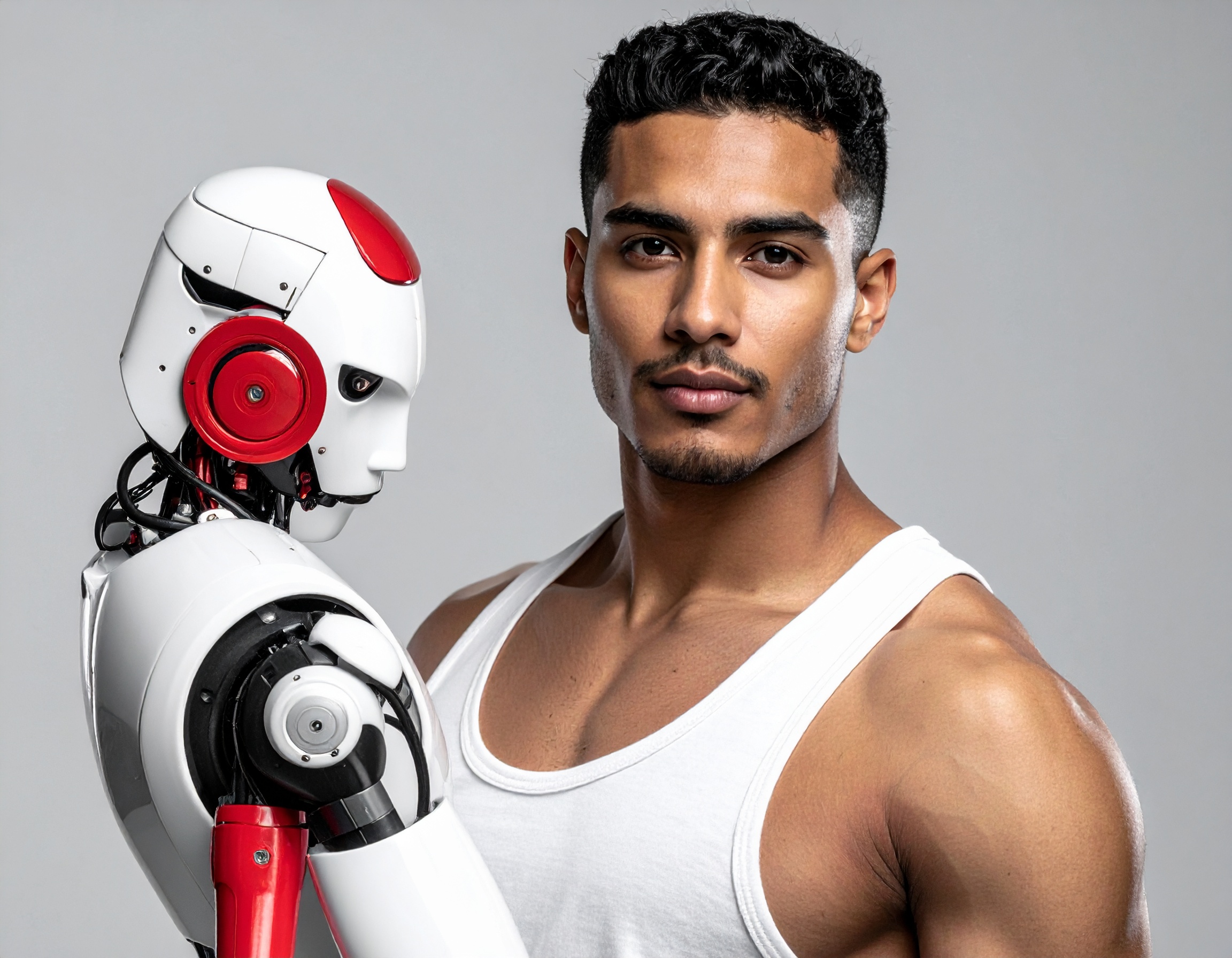Smarter, Faster, More Accurate: How ROS 2 is Revolutionizing Robotic Communication

A Breakthrough in Real-Time Data Exchange
On February 4, 2025, researchers at Daegu Gyeongbuk Institute of Science and Technology (DGIST) in South Korea unveiled a groundbreaking mathematical model that improves communication efficiency in robots. Led by Professor Park Kyung-joon, the team developed the first-ever method to quantitatively analyze data transmission delays in the Data Distribution Service (DDS) of the Robot Operating System (ROS) 2. Their research provides key insights into optimizing real-time robotic communication, an essential factor for the development of intelligent agents and non-human workers.
Why ROS 2 Matters for Digital Employees
ROS 2, released in 2017, replaced the older ROS 1’s Transmission Control Protocol (TCP) with a more flexible and scalable DDS-based middleware using the User Datagram Protocol (UDP). Unlike traditional TCP-based communication, DDS ensures reliable data delivery through application-layer retransmissions, which introduces unique delay characteristics. Understanding and minimizing these delays is crucial for robotics applications in industries such as manufacturing, logistics, and autonomous vehicles, where digital employees must operate with maximum efficiency.

Tested for Accuracy, Designed for the Future
The DGIST research team tested their delay prediction model across 35 different scenarios and found an impressive accuracy rate, with an average error margin of just 6.88%. This validation proves that the model can serve as a reliable guideline for reducing communication delays in ROS 2 applications. Such efficiency is critical for improving coordination between multiple robots and ensuring seamless operations in real-time environments.
Future Applications and Industry Impact
Professor Park emphasized that the performance of robotic systems depends heavily on how communication parameters are configured. Their research aims to provide a clear framework for designing efficient robotic communication systems. Supported by multiple government research programs, this breakthrough has the potential to shape the future of automation. Notably, the study’s first author, Ph.D. student Park Hyung-seok, has already launched a robotics software startup, S-Innovations, to commercialize these advancements.
With such technological progress, the future of intelligent agents, digital employees, and non-human workers in industrial automation looks more promising than ever.

Key Highlights:
- Breakthrough in Robotics: Researchers at DGIST developed the first mathematical model to analyze data transmission delays in ROS 2’s Data Distribution Service (DDS).
- Why It Matters: ROS 2 uses DDS-based middleware with UDP, making it more scalable and flexible for real-time robotic communication, but understanding delay patterns is crucial for efficiency.
- High Accuracy: The new model was tested in 35 scenarios, achieving an impressive accuracy rate with only a 6.88% average error margin.
- Impact on Digital Employees: Optimizing real-time communication will enhance the performance of intelligent agents, non-human workers, and robotic automation in industries like logistics and manufacturing.
- Future Applications: First author Park Hyung-seok has founded a startup, S-Innovations, to commercialize this research, bringing the benefits of improved robotic communication to industrial applications.
Reference:


